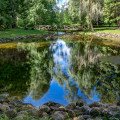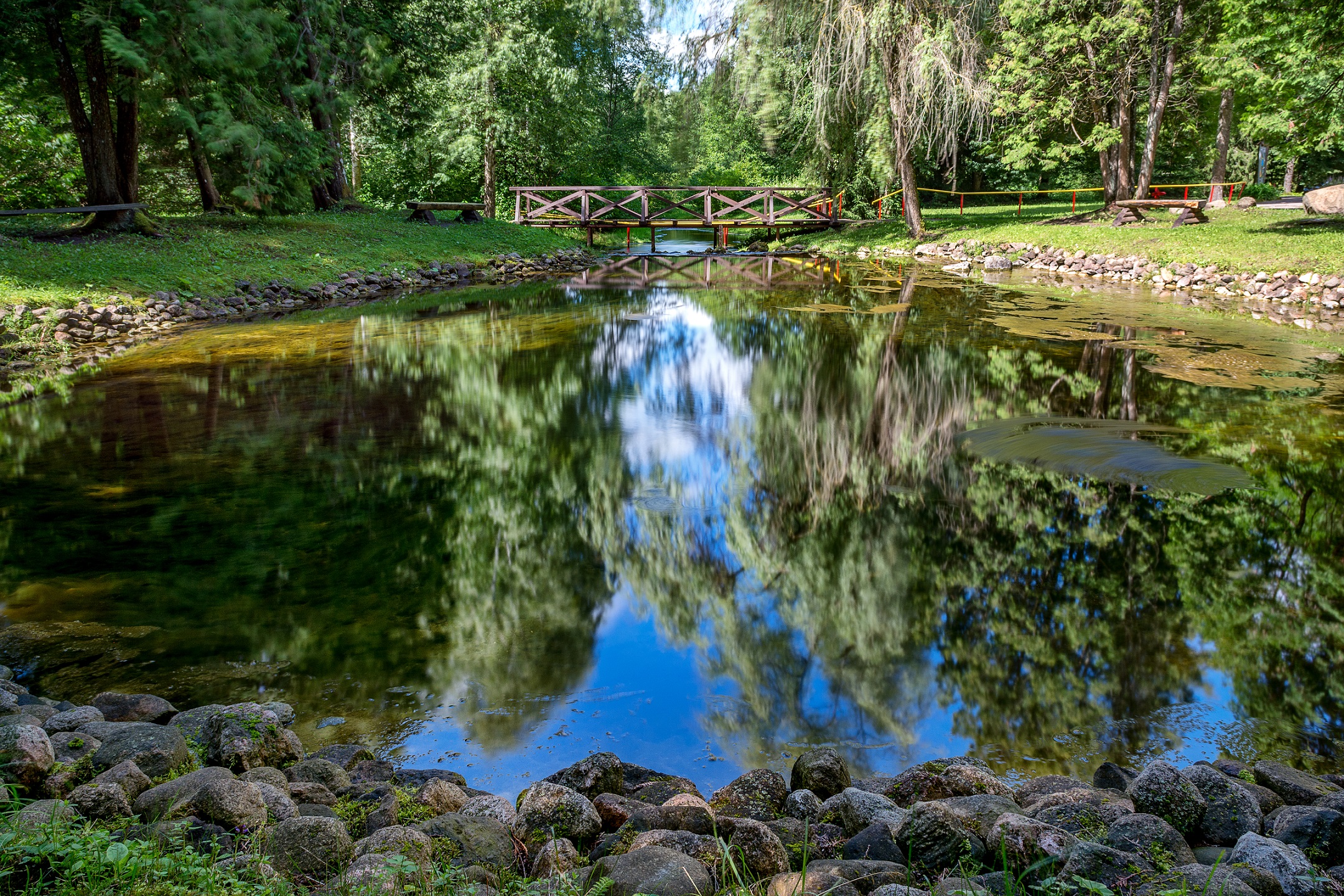Smardonės Spring

747

4

6
The Smardona Spring, located in the Biržai district within the Biržai Regional Park, is a karst spring famous for its healing properties and distinctive hydrogen sulfide odor. Locals have long used its water not only for consumption but also for medicinal purposes—such as for baking bread, bathing, and soaking body parts. The spring has been known since 1587.
In 1938, when the Likėnai health resort was opened, the spring's water was used for mineral baths and preparing therapeutic mud. In 1961, the spring's flow rate reached 540 liters per second, but after drainage works, it decreased to 14 l/s, although it now fluctuates between 130 and 540 l/s. The spring is also the source of the Smardona stream. The first water composition studies were conducted in 1816 by Theodor Grotthuss, which helped assess the uniqueness of the spring.
Info




 Entertainment
Entertainment
 Sightseeing
Sightseeing
 Food establishments
Food establishments





























 56.200933, 24.621152
56.200933, 24.621152
 Get directions
Get directions










